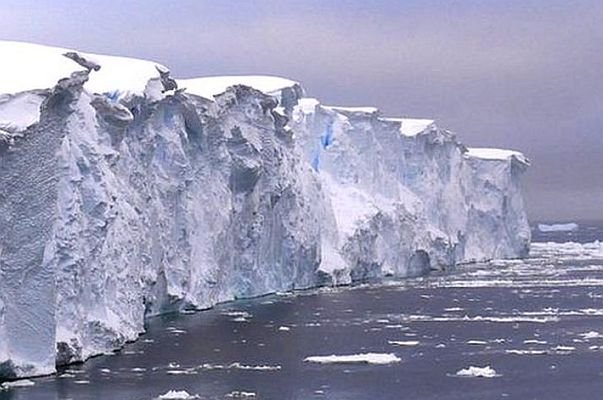David Holland, an atmospheric scientist at New York University, demonstrates the rate of melting of the Thwaites Glacier. The “Doomsday Glacier,” which is situated on the West Antarctica ice shelf, might melt within a few decades, releasing the inland ice it is now holding back into the ocean and rising sea levels by several catastrophic feet.
Holland is now onboard an icebreaker sailing through thick sea ice in order to explore the Thwaites glaciers’ grounding line, or the point at which the ice meets the bottom. Temperatures and salinity levels will provide scientists with information on how rapidly the iceberg is melting and if it is melting from underneath as well.
NASA said in 2014 that sea ice melting in Western Antarctica was “inevitable.” Researchers discovered in 2021 that the iceberg was significantly more fragile than originally believed.
Similarly to how the Thwaites glacier may release inland ice into the ocean — similar to how a cork is removed from a bottle — others are pouring alarming volumes of fresh water near penguin colonies.
According to a recent study conducted by academics at the Universities of Cambridge and Leeds, iceberg A-68a was the biggest in the world until it fragmented into over a dozen mini-bergs.
The downed A-68a glacier dumped around 162 billion tonnes of fresh water into the ocean near the penguin habitat, which may have had an unforeseen and lethal impact on the temperature, ecology, and marine life.
Holland’s team is attempting to ascertain how much time we have…
Reference- Science Direct, NASA website, Axios Article, Futurism
